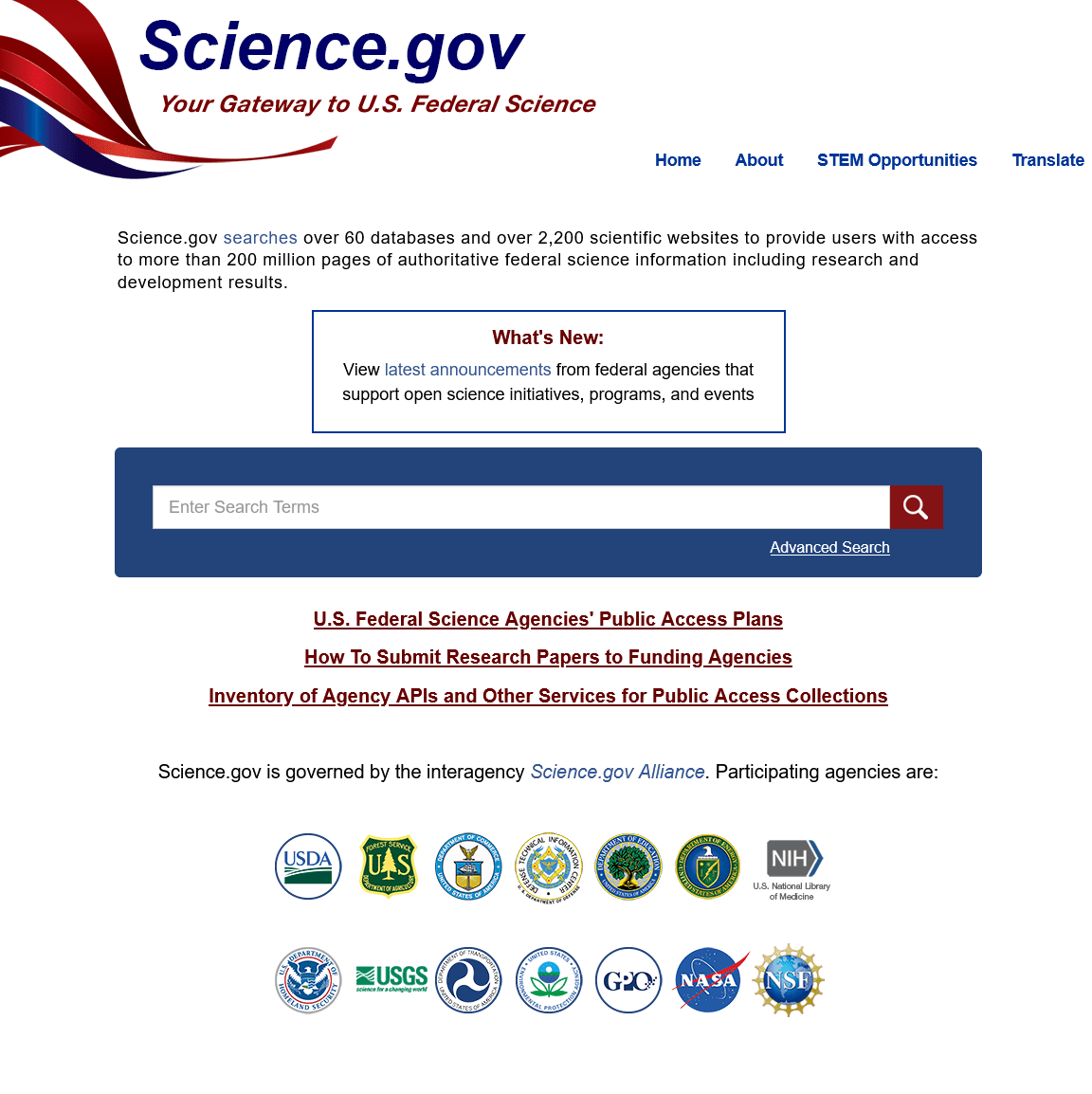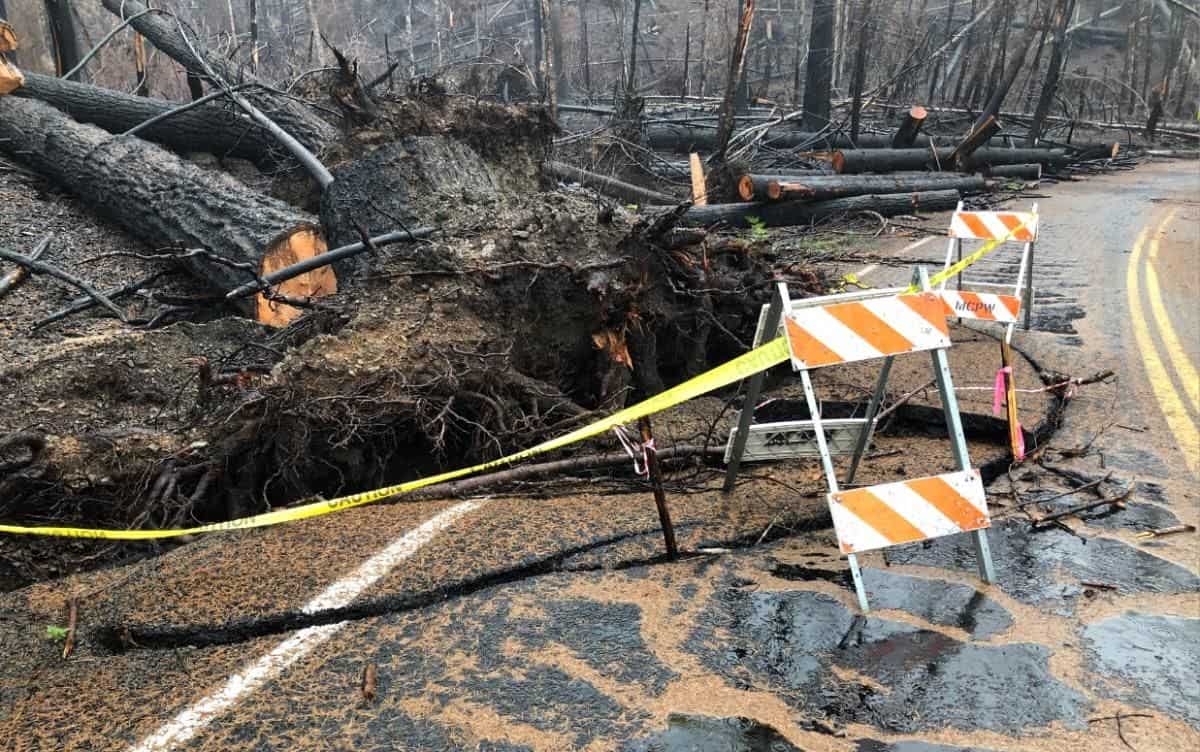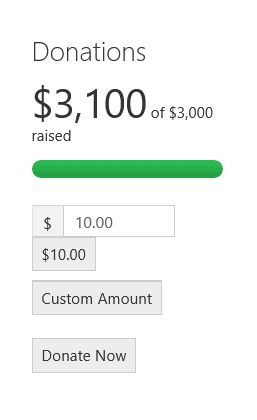
I’m returning to this claim in the recent DellaSala op-ed in the New Mexican.
come with a fresh pair of problem-solving eyes, free of government research dollars that can otherwise obscure such fact-finding expeditions.
This accusation is kind of a drive-by remark, and probably quite frustrating to some of our wildfire scientist colleagues. Let’s think about DellaSala’s claim for a minute. If government research dollars are “obscuring”, maybe New Mexico should see if it can remove the Los Alamos facility and all those DOE dollars. Perhaps behind this claim is that it’s only some research dollars that are tainted.. perhaps FS but not NIFA, or NIFA but not NSF, or USGS or whatever?
The claim is not without some potential validity. Certainly scientific communities have their own views about topics and approaches. In my years in the science biz, I have seen a great many research fads come and go, sometimes leaving little of practical value in their wake. We do criticize some of those topics and approaches here at TSW, as well as advocate for ground-truthing and practitioner review.
But let’s look deeper at that claim. Scientists will choose topics to study that are likely to be funded. OK, that seems true. Then perhaps they will choose their approaches and findings to somehow fit to what .. NIFA panels or NSF or JFSP panels want to hear? That seems a larger stretch, and finally, to imply that they would change their findings is a slur against their integrity.
I looked at DellaSala’s funding for this paper and it turns out to be:
We thank the Leonardo DiCaprio Foundation, the Weeden Foundation, and the Wilburforce Foundation for project funding; however, the views herein are strictly those of the authors.
And this paper funded by Pew (it’s about roadless, and we all know where Pew is/was on roadless).
It seems to me that if we were to have contest on “whose funding is specifically pointed toward policy outcomes”, NGOs with clearly declared policy goals would be the winners over… the Forest Service, NIFA, USGS, NSF and so on.
For example, Wilburforce Foundation funds:
Actionable research in support of Wilburforce Foundation’s place-based conservation programs
We fund emerging opportunities to address knowledge gaps in conservation science and enhancing biodiversity and ecological resilience in the face of climate change within our regions, with a focus on the synthesis and analysis of existing data where possible.
Probably one of the most applied programs is Joint Fire Science. Here’s a link to their ongoing research. The ongoing projects look more nuts and bolts than policy oriented to me.
***********
Another interesting paper I ran across in exploring this is one by DellaSalla, Ruediger, and Chad Hanson where they call into question The Nature Conservancy’s fire science, and state that
We present primarily 4 case studies where TNC fire science is called into question and its “members only” collaboratives are a major obstacle for conservation groups seeking protection for and improved management of the under-appreciated biodiversity benefits of mixed-severity wildfires.
As TNC reconstitutes its leadership (Sally Jewell, former Secretary of the Interior, is now interim CEO), by documenting the problems with its fire science and policy herein, we offer this critique as an opportunity to address escalating problems with local NGOs over its questionable and ecologically damaging fire approaches. Before we address the regional case studies, we provide the following broader based conservation issues that have contributed to a rift in the NGO community with TNC.
TNC lacks a science-based global protection area target and seldom advocates publicly for US protected areas on federal lands –
With all due respect to the authors, I doubt that there is/can be a “science-based” global “protection area” target.
Anyway, here are their recommendations to TNC:
To close the growing divide between TNC and conservation groups/scientists, TNC should:
§ Provide transparency and accountability in disclosing funding sources and include a more inclusive approach to collaboratives that represents local and regional conservation interests and not mainly extractive and agency interests.
§ Provide evidence-based comprehensive literature reviews to ensure that not just the science TNC uses to support collaboratives but the full breadth of science (including those that contradict TNC assumptions) is presented and uncertainties/limitations/impacts of proposed management aptly addressed and minimized.
§ Field-validate predictive fire models and use empirical evidence before widely applying questionable models at project and regional scales.
§ Purge the good vs bad fire messaging and concentrate more on the ecological benefits of wildfires, including high-severity burn patches (large and small) characteristic of low and mixed-severity fire systems.
§ Work with diverse members of the conservation community to coordinate policy and conservation priorities.
§ Correct the record when politicians or the media use TNC science to usher in sweeping changes to forest-fire policies inconsistent with biodiversity conservation.
§ Include or endorse fully representative and large inviolate protected area networks on federal lands with bolder conservation goals (e.g., see Noss et al. 2012, Nature Needs
Half), maintain connectivity among reserves, protect imperiled species/habitat from logging, protect all remaining primary (unlogged) forests and roadless areas from
logging, protect complex early seral forest habitat from logging, and reduce anthropogenic stressors in fire-adapted forests (see DellaSala et al. 2017 for approaches).
§ Assess and fully disclose life cycle analysis associated with TNC proposed thinning and burning and abandon all efforts to convert burned forests into biomass energy.
I think it would be good if all ENGOS provided transparency and accountability in disclosing funding sources. Otherwise, this letter sounds like “we’ll like you better if you do what we want.” 🙂




